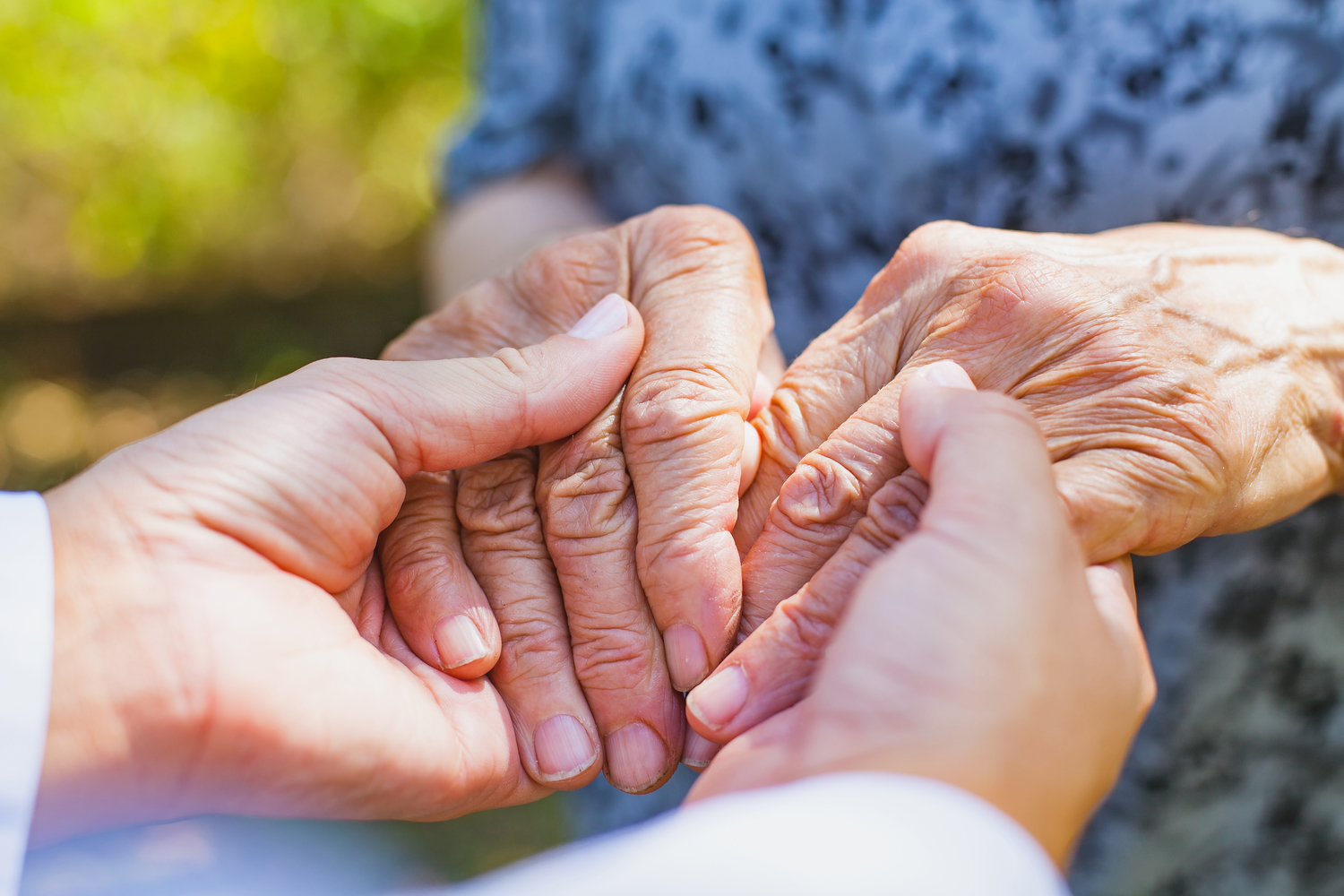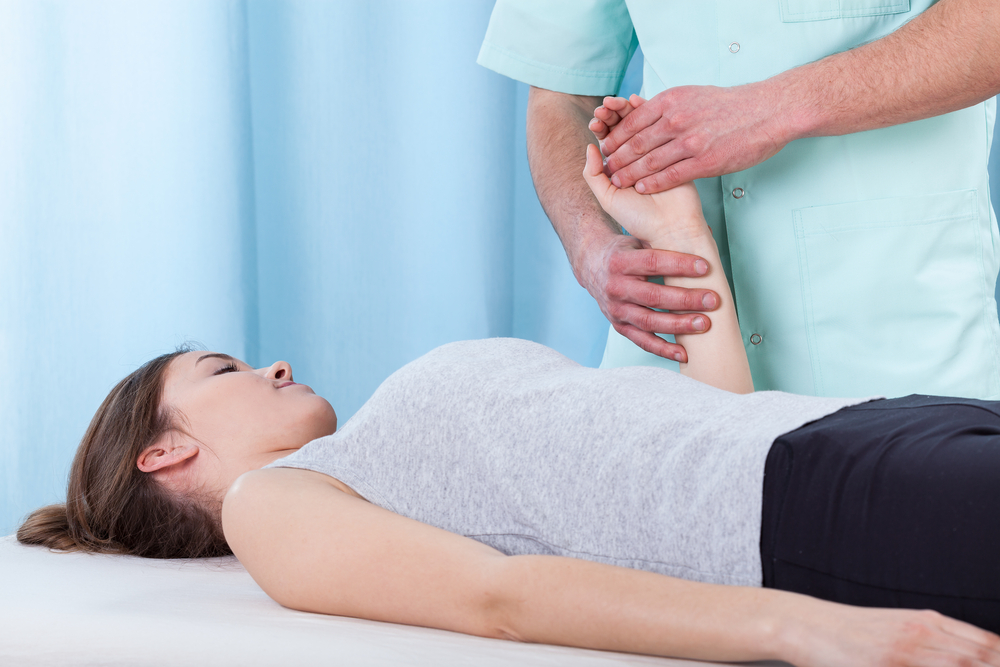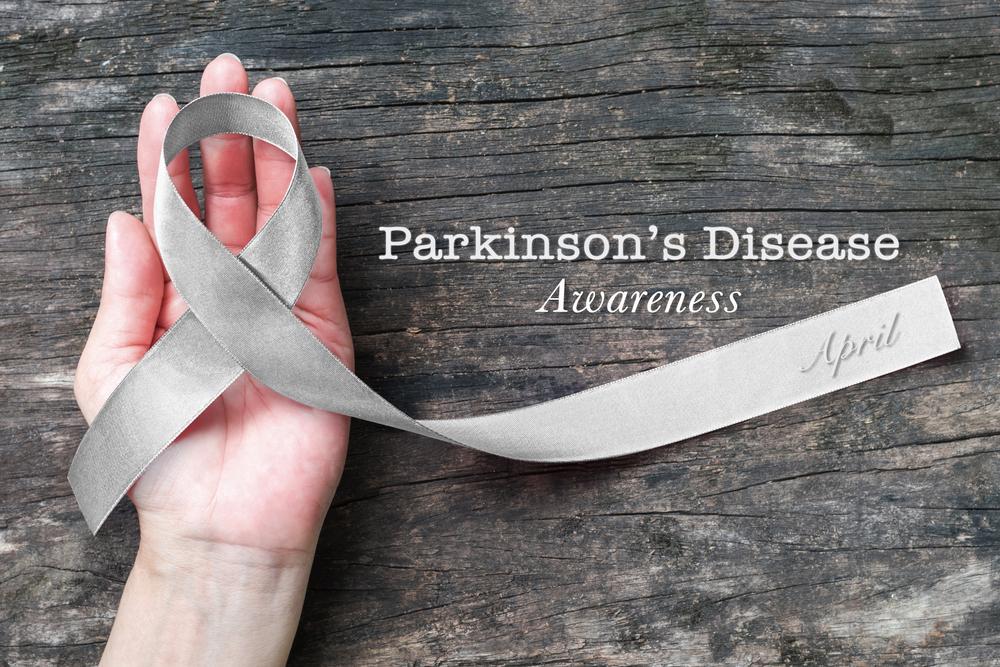Comprehensive Guide to Movement Disorders: Types, Causes, and Symptoms
This comprehensive article explores various movement disorders, including Parkinsonian dyskinesia, tremors, dystonia, chorea, and tardive dyskinesia. It discusses their symptoms, causes, diagnosis, and management strategies, providing valuable insights into neurological conditions affecting movement. Enhanced understanding of these disorders can aid early detection and effective treatment, ultimately improving patient outcomes and quality of life.

Understanding the Various Forms of Movement Disorders
Movement disorders encompass a broad spectrum of neurological conditions characterized by abnormal voluntary or involuntary movements. These disorders can significantly impact a person's quality of life, affecting their ability to perform everyday activities. They often originate from disruptions in brain chemistry, injuries, or trauma, particularly to regions such as the basal ganglia, which plays a central role in regulating movement. When these regions are damaged or function improperly, it leads to various motor abnormalities. This detailed guide explores the main types of movement disorders, their causes, typical symptoms, and what differentiates each condition.
Types of Movement Disorders
There are numerous forms of movement disorders, each presenting unique symptoms and underlying causes. Some of the most common include Parkinsonian dyskinesia, tremors, dystonia, chorea, and medication-induced dyskinesia such as tardive dyskinesia. Understanding these conditions helps in early diagnosis, effective management, and appropriate treatment strategies.
Parkinsonian Dyskinesia: A Side Effect of Parkinson’s Disease Treatment
Parkinson's disease is a neurodegenerative disorder primarily affecting movement, resulting from the gradual loss of dopamine-producing neurons in the brain. A common complication among patients receiving levodopa therapy is the development of dyskinesia, which manifests as involuntary, erratic movements. Approximately 50% of individuals treated with levodopa may experience these symptoms over time, especially when medication doses fluctuate or are improperly managed. These movements can include fidgeting, head bouncing, body swaying, and wriggling, often impacting daily routines but sometimes remaining mild enough for individuals to function normally.
Recognizing and Managing Parkinsonian Dyskinesia
Recognizing dyskinesia early is crucial for managing its impact efficiently. Healthcare providers often adjust medication schedules, introduce adjunct therapies, or explore surgical options such as deep brain stimulation to reduce symptoms. Despite its appearance, dyskinesia is a treatable condition, and ongoing research aims to optimize management approaches, enhancing patient quality of life.
Distinguishing Tremors: Resting and Action Types
Tremors are rhythmic, involuntary movements that can occur during rest or activity. They are among the most recognizable signs of neurological disorders and are classified into various types based on when they occur and their characteristics.
Resting Tremors: These tremors typically manifest when limbs are supported or relaxed, often noticed in Parkinson’s disease. They tend to diminish or disappear during voluntary movement but can re-emerge at rest.
Action or Kinetic Tremors: These happen during voluntary movement, affecting the hands or arms during tasks like writing or reaching, commonly associated with conditions such as multiple sclerosis or essential tremor.
Diagnosis involves neurological examinations and imaging studies to improve understanding of the root cause, whether it be neurodegenerative disorders, vascular issues, or tumors. Postural tremors, which persist after movement, may be linked to alcohol misuse, heavy metal poisoning, or medication side effects, including antidepressants. Rare hereditary disorders like Wilson’s disease also cause specific tremor types requiring specialized diagnosis and management.
Muscle Twisting Disorders (Dystonia)
Dystonia involves sustained or intermittent muscle contractions that cause twisting movements and abnormal postures. It can affect any part of the body, including the eyelids (blepharospasms), neck (cervical dystonia), or limbs. People with dystonia may experience abnormal positioning of the hands when writing, neck tilting, or facial grimacing. The exact cause remains unknown in many cases, but genetic factors and environmental triggers like infections or trauma are often involved. Treatments include botulinum toxin injections, oral medications, physical therapy, and in some cases, surgical interventions.
Chorea: Rapid, Involuntary Jerking Movements
Chorea is characterized by quick, involuntary, dance-like jerking movements affecting various body parts, especially limbs and the face. These movements are typically brief and can affect one side of the body (focal chorea) or both sides (generalized chorea). Chorea can be caused by neurological conditions such as Huntington’s disease, autoimmune disorders like lupus, infections, or as a side effect of certain medications used for epilepsy, psychiatric conditions, or Parkinson’s disease. It can interfere significantly with coordination, speech, and everyday activities, so early diagnosis is critical for managing symptoms effectively.
Medication-Induced Dyskinesia: Tardive Dyskinesia
Prolonged use of certain psychotropic medications, especially antipsychotics, can lead to tardive dyskinesia. This condition manifests as persistent, stiff, jerky movements, particularly in facial muscles, tongue, and limbs, resulting from long-term dopamine receptor blockade in the brain. Tardive dyskinesia often develops after months or years of medication use, and its symptoms can be irreversible if not caught early. Treatment strategies include adjusting medication dosages, switching therapies, or using medications specifically approved to reduce these involuntary movements. Awareness and vigilant monitoring are essential for preventing and managing this challenging side effect.
Movement disorders require a thorough neurological assessment for accurate diagnosis and personalized treatment. Advances in neuroscience and neurology continue to improve understanding and management of these complex conditions, offering hope for better quality of life for affected individuals.





